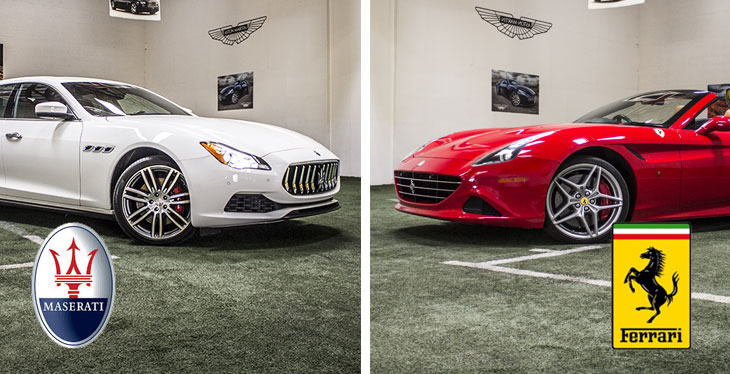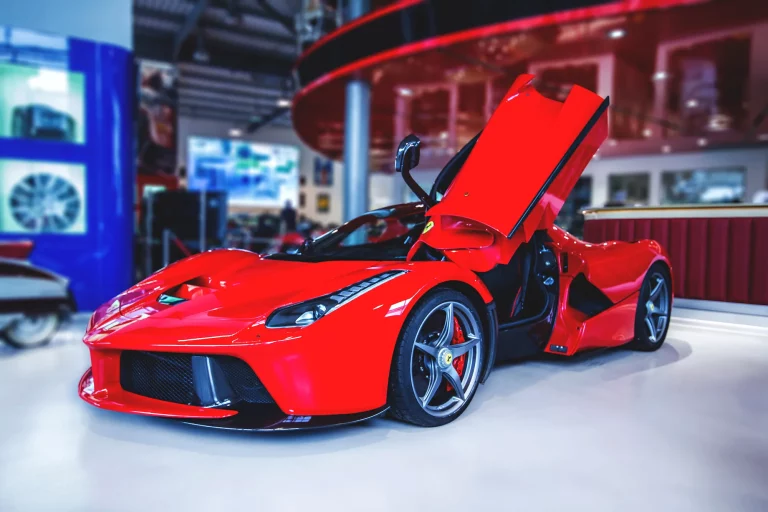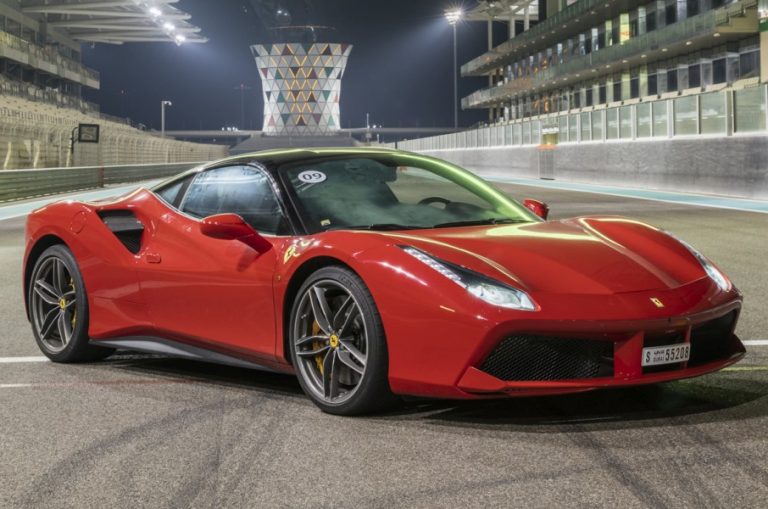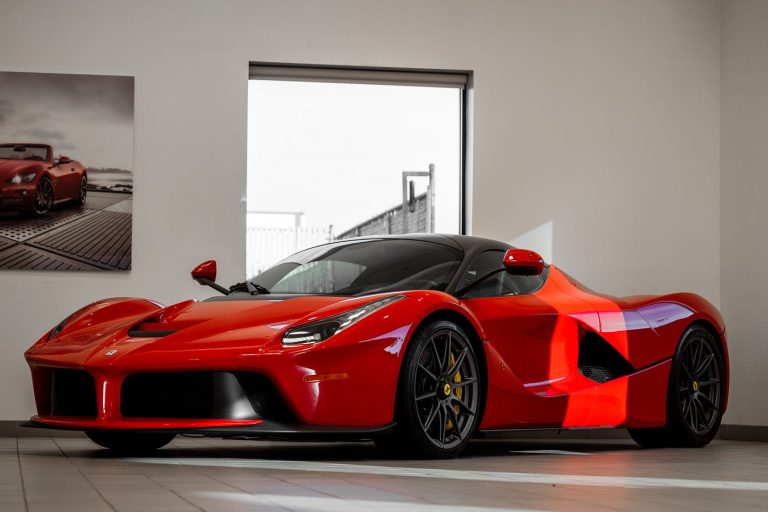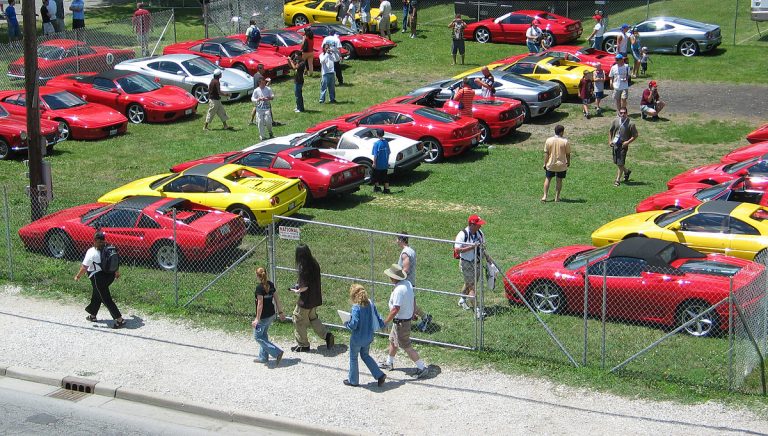What Is A Supercar?
If you’re a car enthusiast, you’re likely well-versed in various types of sports cars, easily distinguishing between a 1989 Chevy Camaro and a 1976 Ford Mustang. However, when it comes to supercars, things can get a bit murky. Many struggle to define what sets a supercar apart from a sports car and why certain brands, like Ferrari, outshine others like Dodge Charger.
In this article, we will set out to answer the question, “What is a supercar?” We’ll describe their benefits, how they compare to sports cars, and all the other information car lovers would want.

What Is A Supercar?
A supercar is the pinnacle of automotive design and performance. They are high-powered beasts built for speed, handling, and head-turning looks. Here’s a breakdown of what defines a supercar:
-
Extreme Performance: Supercars boast exceptional acceleration, often reaching 0-60 mph in under 3 seconds. Their top speeds can exceed 200 mph, making them incredibly fast on the track.
-
Horsepower Galore: Supercars pack a serious punch under the hood. They typically feature powerful engines, often with configurations like twin-turbo V8s or even W12s, generating enormous horsepower (often exceeding 600 hp).
-
Lightweight Construction: To achieve their phenomenal performance, supercars are built to be lightweight. Manufacturers use exotic materials like carbon fiber to reduce weight and enhance handling.
-
Advanced Technology: Supercars are loaded with cutting-edge technology derived from motorsport. This includes advanced aerodynamics for downforce, sophisticated suspension systems for precise handling, and high-performance braking systems to stop this speed demon when needed.
-
Exquisite Design: Supercars are not just about speed; they are rolling works of art. Their design is often aggressive and aerodynamic, with a focus on both form and function. Every curve and angle is meticulously crafted to make a statement.
-
Luxury Interiors: While some prioritize lightweight materials for performance, many supercars offer luxurious interiors with premium materials like leather, Alcantara, and carbon fiber accents. High-tech infotainment systems and driver-focused features are also common.
-
High Price Tag: Due to the use of expensive materials, complex engineering, and limited production numbers, supercars come with a hefty price tag. They are typically well over $100,000, with some reaching into the millions.
In short, supercars are the ultimate expression of automotive performance and luxury. They are a rare breed, built to push the boundaries of what’s possible on four wheels.
Types of Supercars
Supercars come in various types, each offering unique features and driving experiences:

-
Mid-Engine Supercars: These vehicles have their engines positioned behind the driver and ahead of the rear axle, optimizing weight distribution for superior handling and agility. Examples include the Ferrari 488 GTB and the Lamborghini Huracán.
-
Front-Engine Supercars: Front-engine supercars have their engines located in front of the driver, often delivering a more traditional driving feel with a powerful front-end presence. Examples include the Aston Martin DBS Superleggera and the Bentley Continental GT.
-
Rear-Engine Supercars: With engines placed behind the rear axle, these cars prioritize traction and stability, especially during high-speed maneuvers. The Porsche 911 Turbo and the McLaren 720S are prime examples of rear-engine supercars.
-
Hypercars: Hypercars represent the pinnacle of automotive engineering, boasting extreme performance, cutting-edge technology, and astronomical price tags. These rare and exclusive vehicles push the boundaries of speed and innovation, with examples like the Bugatti Chiron and the Koenigsegg Jesko.
-
Electric Supercars: With the rise of electric propulsion, electric supercars are emerging, offering instant torque, quiet operation, and environmentally friendly performance. The Tesla Roadster and the Rimac C_Two are leading the charge in this category.
-
Track-Focused Supercars: Designed for dominating the racetrack, track-focused supercars prioritize aerodynamics, lightweight construction, and precision engineering. Vehicles like the McLaren Senna and the Ferrari 488 Pista are engineered to deliver blistering lap times and adrenaline-pumping performance.
-
Limited Edition Supercars: These exclusive models are produced in limited numbers, featuring bespoke design elements, enhanced performance, and astronomical price tags. Examples include the Lamborghini Veneno and the Ferrari LaFerrari Aperta.
The Difference Between a Supercar and a Sports Car
While both supercars and sports cars offer high performance and exhilarating driving experiences, there are key distinctions between the two:

-
Performance: Supercars are typically at the absolute top end of performance, offering blistering acceleration, exceptional handling, and top speeds that can exceed 200 mph. Sports cars, while still offering impressive performance, may not reach the extreme levels of speed and agility that supercars achieve.
-
Exclusivity: Supercars are often produced in limited numbers and are characterized by their rarity and exclusivity. They feature cutting-edge technology, bespoke craftsmanship, and a hefty price tag. Sports cars, on the other hand, are more accessible and can be found in a wider range of models and price points.
-
Design: Supercars are known for their head-turning designs, with sleek aerodynamic profiles, exotic materials, and attention-grabbing styling. Sports cars may also feature sporty designs, but they tend to be more practical and versatile, with a focus on performance rather than extreme aesthetics.
-
Purpose: Supercars are designed primarily for high-speed performance and are often used for track days or spirited driving on open roads. Sports cars, while still capable of impressive performance, are often more versatile, serving as daily drivers or weekend cruisers.
-
Technology: Supercars often incorporate cutting-edge technology and engineering innovations to achieve their unparalleled performance. This may include advanced aerodynamics, lightweight materials, and hybrid or electric powertrains. Sports cars may feature similar technology but may not push the boundaries to the same extent as supercars.
Is a Ferrari a Sports Car?

Yes, a Ferrari is typically classified as a sports car. Ferrari produces a range of high-performance vehicles known for their speed, agility, and iconic styling. While some Ferrari models may also fall into the category of supercars due to their exceptional performance and exclusivity, the majority of Ferrari’s lineup consists of sports cars designed for both road and track use. These vehicles prioritize driving dynamics, precision handling, and spirited performance, making them quintessential examples of sports cars in the automotive world.
Frequently Asked Questions
What distinguishes a sports car from a supercar?
A sports car emphasizes performance while a supercar combines performance with rarity, exclusivity, and an unparalleled driving experience. Supercar models, like Ferraris, often surpass standard sports cars in engineering, design, and the emotions they evoke.
Why are Ferraris rare compared to other vehicles?
Ferraris are rare not solely due to their price but to the brand’s commitment to exceptional design and engineering. This makes each model a unique piece of automotive accomplishment and contributes to its scarcity on the roads.
What is the difference between a sports car and a supercar, in terms of driving experience?
The driving experience of a supercar, like a Ferrari, is unparalleled. This is due to its exceptional engineering and design, which not only deliver high performance but evoke strong emotions that are often absent in standard sports cars.

Hi! I’m Larry Gibbs, studying mechanical engineering with a focus on cars. I really love Ferraris and write blog posts about the latest car stuff. When not studying or blogging, I’m usually on a road trip exploring new places. I also enjoy playing football and watching movies. Life’s an adventure, and I’m all about enjoying the ride!

